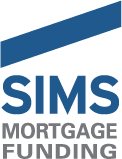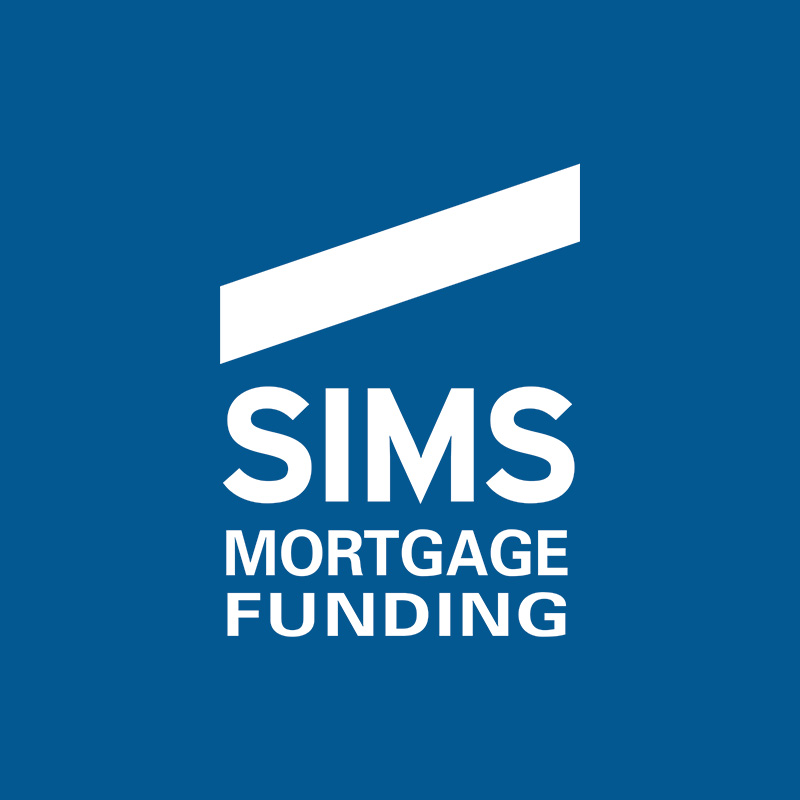HUD has gotten off to a fast start in 2016 by recently enacting a series of changes to its multifamily mortgage insurance programs that will enable borrowers to lower closing costs and increase their leverage on a broad array of transactions.
LOWER MORTGAGE INSURANCE PREMIUMS
In January, HUD announced that it will reduce mortgage insurance premiums (MIPs) for Firm Commitments issued or reissued after April 1. For affordable housing transactions involving new construction or substantial rehabilitation, the up-front MIP capitalized in the loan and annual MIP paid on the unpaid principal balance of the loan will be reduced from .45% to either .35% or .25%, depending upon the “affordability quotient” of the project. Transactions involving acquisition or refinancing will see their up-front MIPs reduced from 1.00% to either .35% or .25%, and annual MIPs reduced from .45% to .35% or .25% based on an affordability factor.
Market-rate transactions that meet certain “green” and energy-efficiency standards also are eligible for up-front and annual MIP reductions. For new construction and substantial rehabilitation loans, the up-front and annual MIP will be reduced from .65% to .25%; acquisition and refinancing loans will feature up-front MIP reduced from 1.00% to .25%, and annual MIPs from .65% to .25%. How does a transaction qualify for HUD’s green and energy efficient standards? According to the Federal Register notice announcing the lower MIPs:
- Upon application for FHA mortgage insurance, the owner must evidence that the project has achieved, or the owner must certify that it will pursue, achieve and maintain, an industry-recognized standard for green building.
- Further, the owner must certify that it has achieved, or will pursue and achieve a score of 75 or better on the 1–100 ENERGY STAR score, using EPA’s Portfolio Manager (the minimum score required to be recognized as ENERGY STAR).
The lower MIPs are the equivalent of an interest-rate reduction without any change in market conditions; moreover, given the favorable interest rate conditions for HUD-insured loans, borrowers whose loans qualify will be able to secure long-term, fixed rate financing at even more competitive levels.
HIGHER LEVERAGE FOR MULTIFAMILY LOANS
HUD has issued a new Multifamily Accelerated Processing (MAP) Guide, its first major revision since November 2011. The Guide formally goes into effect on May 28, 2016 and incorporates a number of changes to the multifamily mortgage insurance programs since 2011. The changes include lower debt service coverage (DSC) ratios and higher loan-to-cost (LTC) and loan-to-value (LTV) ratios. For market rate loans involving new construction or substantial rehabilitation, the DSC is reduced from 1.20 to 1.176 and the LTC ratio is increased from 83.3% to 85%. These same ratios also are available for market-rate refinancing and acquisition loans, except the 85% ratio is applied to a project’s appraised value, not cost.
Refinance or acquisition loans involving assisted and affordable housing also benefit from lower debt service coverage and higher loan-to-value ratios. Under the new Guide, loans with Section 8 housing assistance payment contracts covering 90% or more of the units now will be underwritten at 90% LTV and a 1.11 DSC instead of 87% and 1.15. Loans for affordable projects will be underwritten at 87% LTV and 1.15 DSC instead of 85% and 1.176.
There are a number of industry-recognized building standards and definitions of affordable projects that qualify for lower MIPs and more favorable underwriting standards. For additional information on these exciting new changes, contact us.

